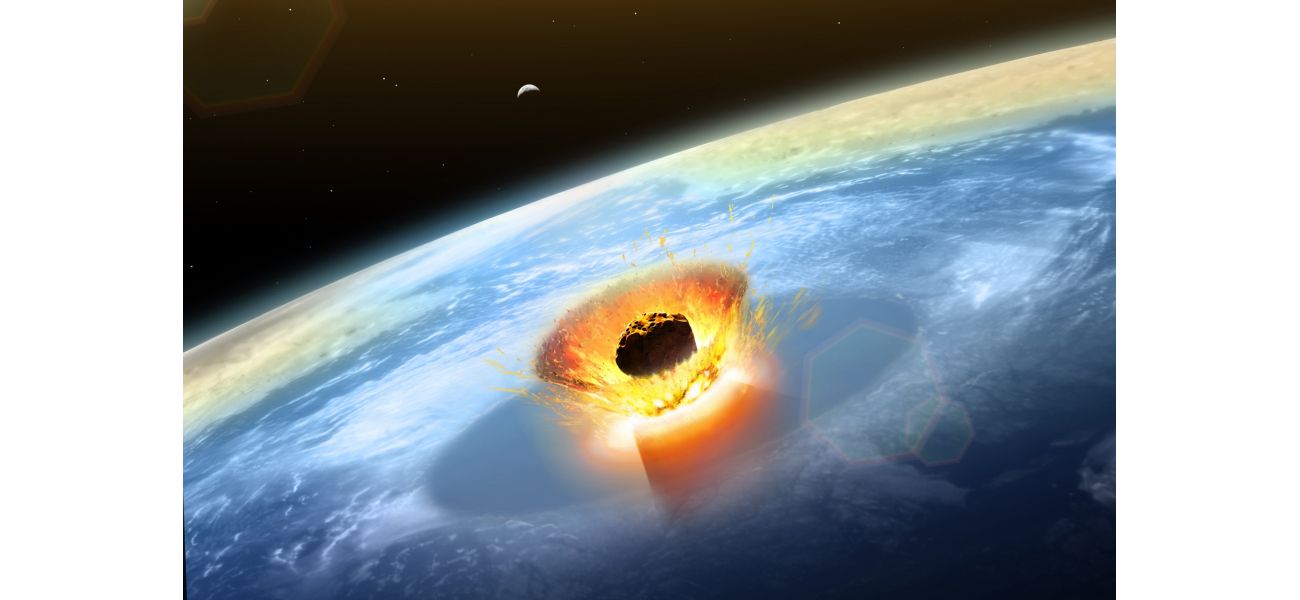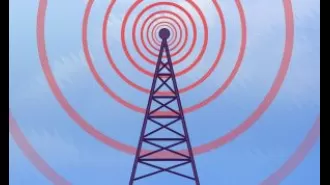Someone stumbles upon a prehistoric meteor impact site while using Google Maps.
The location could become part of the 200 known impact craters found globally.
September 12th 2024.

Have you ever come across something completely unexpected while browsing the internet? Well, one lucky camper did just that when they discovered what appears to be a meteor crater while using Google Maps. This unusual pit, spanning an impressive 15 km, was found near Marsal Lake in Quebec's remote Côte-Nord region.
The discovery was made by a man named Joël Lapointe, who immediately contacted Dr. Pierre Rochette, a geophysicist from France. After examining the satellite images more closely, Dr. Rochette concluded that the ring-shaped formation surrounding Marsal Lake could be the result of a meteor impact. The images showed a difference in altitude of 200-300m between the floor and rim of the crater, as well as a faint circular inner ring with a diameter of 8km.
In their paper, which was presented at the 86th Annual Meeting of the Meteoritical Society in 2024, the researchers wrote that based on the available evidence, Marsal Lake could potentially become the 11th confirmed impact structure in Quebec. They also expressed their gratitude to Joël Lapointe for bringing this potential crater to their attention.
If the ring is indeed confirmed to be caused by a meteorite impact, it could be a major discovery. The last crater of this size was found in 2013. The estimated age of the crater is between 450 and 38 million years old, which could provide valuable insights into ancient planetary dynamics. Dr. Rochette and his team have already collected samples from the site containing zircons, mineral that transform under the immense pressure of an asteroid impact. If confirmed, Marsal Lake would join the ranks of nearly 200 impact craters worldwide, with 31 of them located in Canada.
Dr. Gordon Osinski, an Earth sciences professor at Western University, commented on the discovery, saying that circular structures are often spotted on Google Earth or Google Maps, but most of the time they turn out to be geological quirks rather than craters. However, he found this discovery to be "super exciting" and noted that it doesn't happen too often.
The team plans to officially visit the site in 2025, if they can secure the necessary funds. They hope to find shatter cones, grooved rock formations caused by the shockwaves of an impact, which would confirm that the crater was indeed created by a meteorite.
So how do impact craters form? Well, when a fast-moving object, such as an asteroid or meteorite, collides with a larger solid object like a planet or the moon, it creates a massive dent. These impacts can even cause loss of life, not necessarily from a direct hit, but from the shockwaves and explosions that can occur, as seen in the extinction of the dinosaurs caused by a meteor and the 2013 asteroid that injured over 1,600 people in Russia due to broken glass.
The biggest impact crater found on Earth so far is the Vredefort crater in South Africa, measuring a staggering 160 km wide and estimated to be around 2 billion years old. The asteroid that hit there was believed to be 10 to 15 km in diameter, bigger than the one responsible for the demise of the dinosaurs. The second largest is the Chicxulub crater on Mexico's Yucatan Peninsula, measuring 180 km wide and believed to have been created by a 12 km asteroid around 66 million years ago, leading to the extinction of dinosaurs.
The discovery was made by a man named Joël Lapointe, who immediately contacted Dr. Pierre Rochette, a geophysicist from France. After examining the satellite images more closely, Dr. Rochette concluded that the ring-shaped formation surrounding Marsal Lake could be the result of a meteor impact. The images showed a difference in altitude of 200-300m between the floor and rim of the crater, as well as a faint circular inner ring with a diameter of 8km.
In their paper, which was presented at the 86th Annual Meeting of the Meteoritical Society in 2024, the researchers wrote that based on the available evidence, Marsal Lake could potentially become the 11th confirmed impact structure in Quebec. They also expressed their gratitude to Joël Lapointe for bringing this potential crater to their attention.
If the ring is indeed confirmed to be caused by a meteorite impact, it could be a major discovery. The last crater of this size was found in 2013. The estimated age of the crater is between 450 and 38 million years old, which could provide valuable insights into ancient planetary dynamics. Dr. Rochette and his team have already collected samples from the site containing zircons, mineral that transform under the immense pressure of an asteroid impact. If confirmed, Marsal Lake would join the ranks of nearly 200 impact craters worldwide, with 31 of them located in Canada.
Dr. Gordon Osinski, an Earth sciences professor at Western University, commented on the discovery, saying that circular structures are often spotted on Google Earth or Google Maps, but most of the time they turn out to be geological quirks rather than craters. However, he found this discovery to be "super exciting" and noted that it doesn't happen too often.
The team plans to officially visit the site in 2025, if they can secure the necessary funds. They hope to find shatter cones, grooved rock formations caused by the shockwaves of an impact, which would confirm that the crater was indeed created by a meteorite.
So how do impact craters form? Well, when a fast-moving object, such as an asteroid or meteorite, collides with a larger solid object like a planet or the moon, it creates a massive dent. These impacts can even cause loss of life, not necessarily from a direct hit, but from the shockwaves and explosions that can occur, as seen in the extinction of the dinosaurs caused by a meteor and the 2013 asteroid that injured over 1,600 people in Russia due to broken glass.
The biggest impact crater found on Earth so far is the Vredefort crater in South Africa, measuring a staggering 160 km wide and estimated to be around 2 billion years old. The asteroid that hit there was believed to be 10 to 15 km in diameter, bigger than the one responsible for the demise of the dinosaurs. The second largest is the Chicxulub crater on Mexico's Yucatan Peninsula, measuring 180 km wide and believed to have been created by a 12 km asteroid around 66 million years ago, leading to the extinction of dinosaurs.
[This article has been trending online recently and has been generated with AI. Your feed is customized.]
[Generative AI is experimental.]
0
0
Submit Comment





